We all know dogs are man’s best friend, but sometimes it feels like they might be more than that—they’re our confidants, our therapists, and, dare I say, our mind-readers. Anyone who’s ever shared a home with a dog has probably caught themselves wondering, “Do they really understand what I’m saying?” Well, gather ’round, fellow canine enthusiasts, because we’re diving into 15 dog behaviors that suggest your pup might just understand everything you say and do. Whether they’re comforting you on a rough day or trying to communicate their own needs, these behaviors are sure to make you appreciate your four-legged friend even more.
1. The Head Tilt of Total Comprehension

Ah, the iconic head tilt—a move so adorable it could melt the iciest of hearts. But have you ever wondered what’s really going on when your dog tilts its head to the side? It’s more than just a cute quirk; it’s a sign your pup is really trying to understand you. According to the American Kennel Club, dogs tilt their heads to better hear and process what you’re saying, much like how we might lean in when listening closely. They seem to know that you’re talking about something important, even if it’s just about taking them for a walk or finding the treat jar.
When your dog looks at you with that tilted head, they’re not just hearing you; they’re trying to decode your words and tone. They’re little detectives, piecing together the clues you’re giving them. You might think they’re just charmed by the sound of your voice, but there’s more to it. This move shows that your dog is engaged and focused, an equal participant in your conversation. It’s their way of saying, “I’m listening, go on.” So next time you see that adorable tilt, know that it’s not just cute—it’s communication.
2. The Tail That Tells All
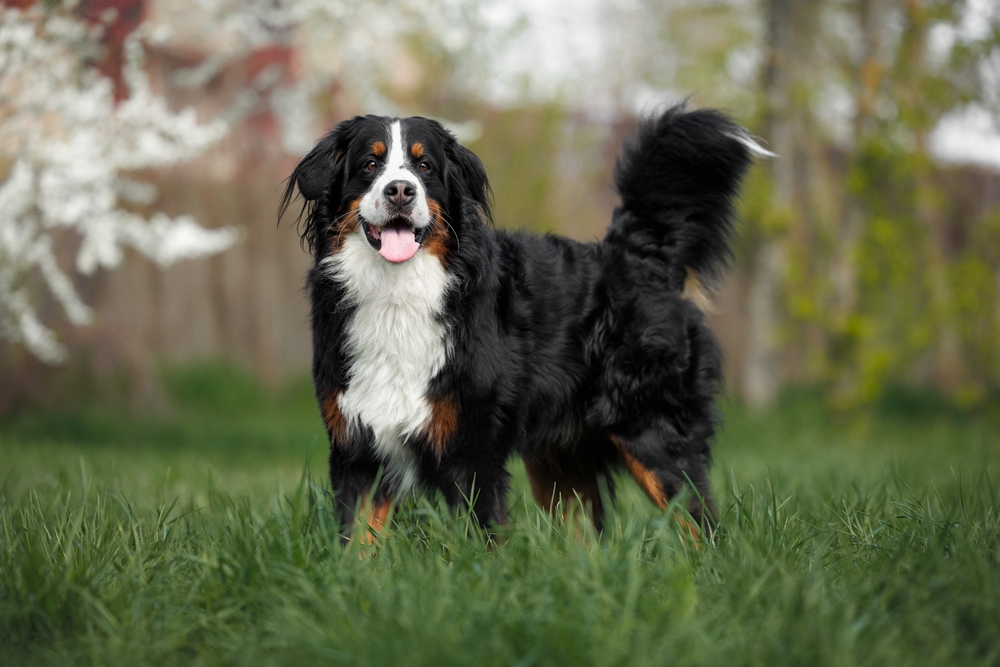
You’ve probably noticed how much a dog’s tail can say about their mood. But did you know that your dog uses its tail to understand you as well? It’s akin to our facial expressions—dogs pick up on how we react to their wagging tails and adjust their behavior accordingly. VCA Hospital notes that a wagging tail isn’t just a sign of happiness; it can also reflect how they interpret your actions or your mood. Fast and high wags might mean excitement or anticipation, while slow, low wags may suggest caution or uncertainty.
When your dog wags its tail in response to your actions or words, it’s more than just muscle reflex. They’re communicating back to you, mirroring your emotions, or even trying to influence the interaction. If you’ve had a bad day and your dog meets you with a soft, steady wag, they’re likely aware of your mood and are trying to comfort you. On the flip side, a wild, enthusiastic wag can be their way of urging you to join in on the joy. Your pup is reading your cues and responding in the best way they know how—through the language of the tail.
3. The Nose Knows: Sniffing Out Feelings
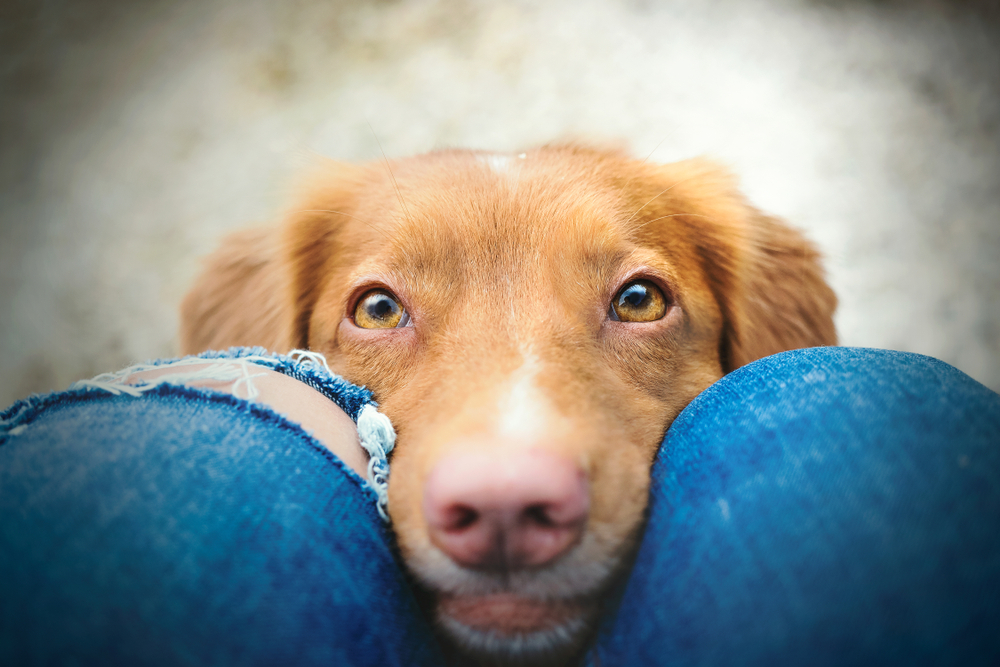
Dogs are olfactory wizards, and their noses are always hard at work. But it’s not just for identifying food or other animals; they’re also sniffing out your emotional state. When you’re stressed, happy, or sad, your body releases certain chemicals, and your dog can sense these changes. They use their keen sense of smell to read the room, so to speak, and understand what you’re feeling. It’s why they come over to nuzzle you when you’re upset or join in on the excitement when you’re exuberant.
When your dog sniffs you, they’re not just being nosy—they’re gathering data. This sniffing allows them to respond to your needs even before you speak. If you’re feeling down, they might snuggle up to offer comfort because they’ve already “read” your mood through their nose. This behavior showcases a profound level of understanding and empathy, proving that your dog can sense your emotional climate and act accordingly. So the next time your dog is giving you a thorough sniff-over, remember that they’re just trying to understand and connect with you.
4. The Loyal Shadow: Following Your Every Move
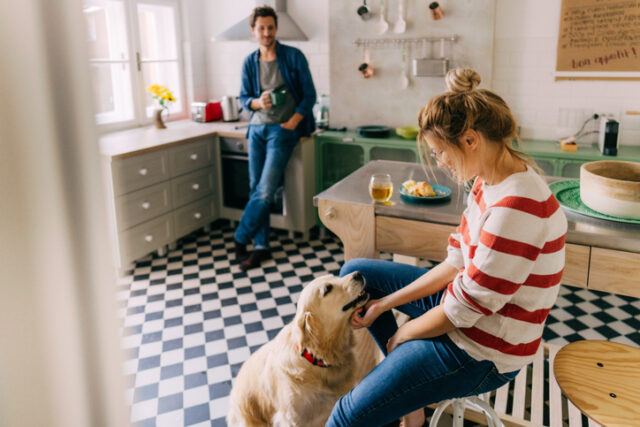
If you feel like your dog is your little shadow, always at your heels, you’re not alone. Dogs often follow their owners around the house, and while it might be easy to chalk this up to simple curiosity, it goes deeper than that. This behavior shows that your dog values being near you, but it’s also a sign of their desire to understand what you’re doing. Every move you make is a part of their learning process about the world they share with you. They’re picking up on your routines and habits, further cementing their connection with you.
When your dog follows you, they’re not just being nosy—they’re building a map of your daily life. They want to be included in every activity, from cooking dinner to watching TV, and even bathroom trips! This constant companionship isn’t just about loyalty; it’s about learning. By observing you, your dog is constantly picking up on cues, whether it’s the sound of a leash being picked up or the opening of a treat jar. So the next time your dog is your shadow, remember that they’re not just following—they’re understanding.
5. Those Eyes Are Windows to Your Soul

If you’ve ever locked eyes with a dog, you know how powerful that gaze can be. There’s something deeply communicative in a dog’s eyes that words often fail to capture. Dogs use their eyes to read our emotions and react accordingly. A direct gaze can mean so much more than a cute photo op; it’s a connection. When your dog looks into your eyes, they’re gauging your mood, intentions, and reactions, just like we do with other humans.
Your dog’s eyes can also mimic yours in an empathetic manner, reflecting your emotional state. If you’re joyful, they might mirror that exuberance with a wag or a smile. Conversely, if you’re feeling down, their soulful eyes might be accompanied by a comforting nuzzle. This eye contact reinforces the bond between you, showing just how much your furry friend understands you. Your gaze tells them what words can’t, and their responsive eyes confirm that they’ve understood your silent signals.
6. The Bark That Speaks Volumes
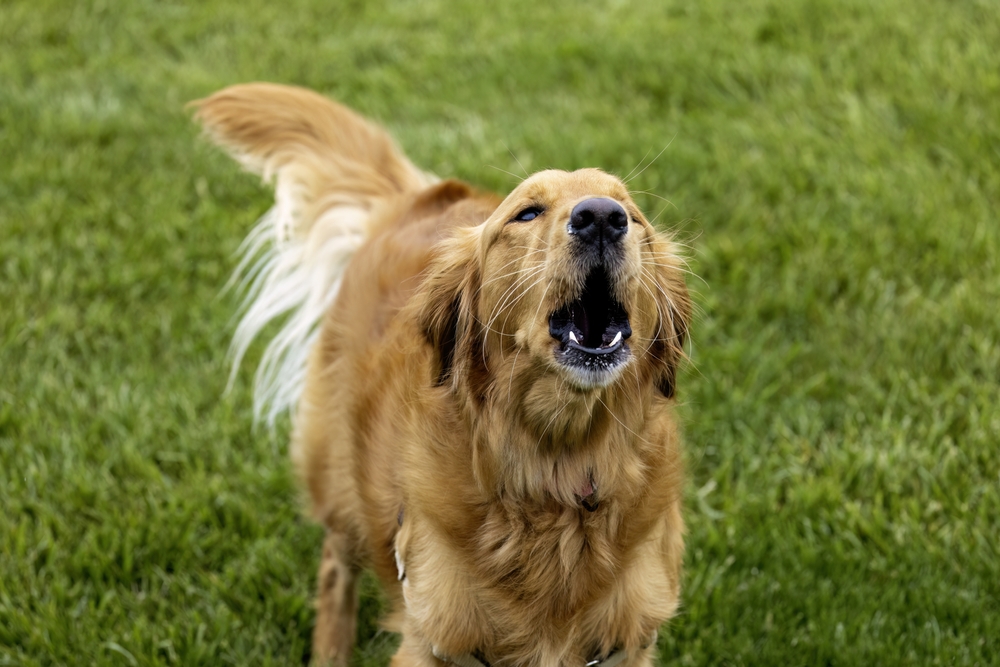
Although barking is often seen as a nuisance, it’s one of a dog’s most essential communication tools. Every bark, growl, or whine carries a different meaning, and dogs often tailor their vocalizations to reflect their understanding of your words or actions. Dogs have an innate ability to pick up on the tone and volume of your voice, using that to gauge how they should respond. Whether it’s a happy bark when they hear the word “walk” or a cautious whine when sensing your stress, your dog is using its voice to communicate its understanding.
Barking is more than just noise; it’s conversation. When your dog answers your words with a bark, they’re participating in a dialogue. Their vocalizations can express everything from excitement to anxiety, mirroring your emotional state or reacting to your commands. A bark isn’t just a sound—it’s a response, an acknowledgment that they’ve heard and understood you. So next time you hear your dog bark, remember they’re not just making noise—they’re talking with you.
7. The Comforting Cuddle Instinct
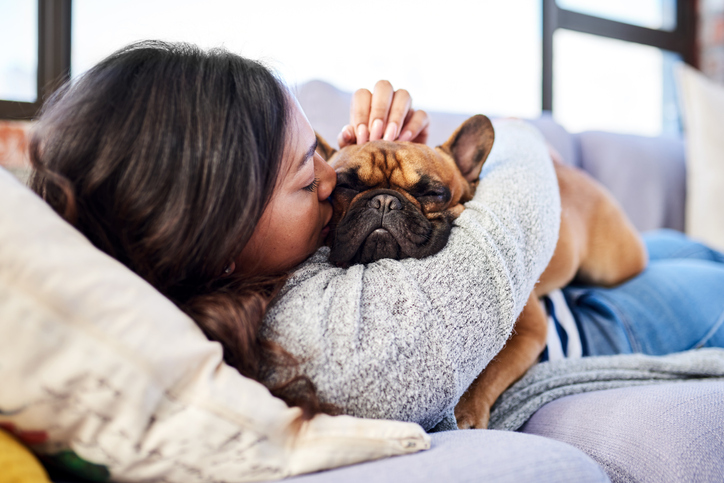
Ever notice how your dog seems to know exactly when you need a cuddle? Dogs have a knack for sensing when you’re upset and offering emotional support, often without a single word being exchanged. Their instinct to comfort you is a testament to their understanding of your emotional needs. They’ll gently press against you, rest their head on your lap, or simply sit beside you, providing silent solidarity. This behavior shows not just empathy, but a deep understanding of your emotional landscape.
Cuddling with their humans is one way dogs offer comfort and reassurance. They’re responding to unspoken signals, picking up on your mood through body language and scent. That comforting presence is more than just a warm body; it’s an expression of their understanding and care. Your dog knows when you need support and offers it without hesitation, proving that they truly understand you on a profound level. So the next time your pup cozies up to you during a tough moment, know that they’re not just offering warmth—they’re offering understanding.
8. The Subtle Pawing for Attention
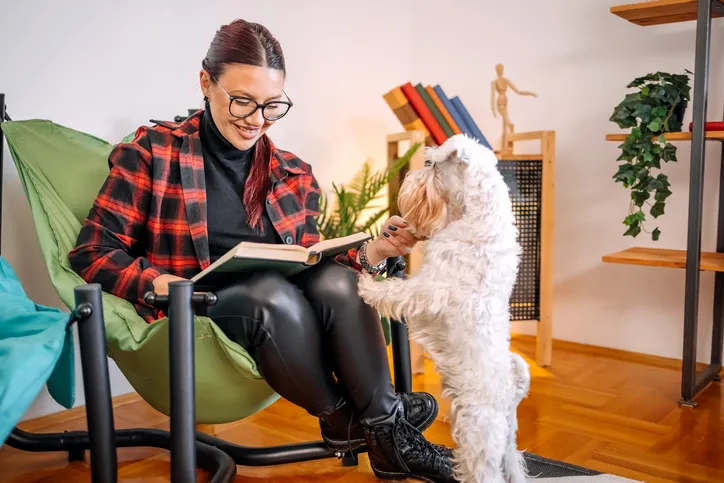
When your dog puts a paw on you, it’s more than just a plea for attention—it’s a meaningful gesture. This behavior is your dog’s way of saying, “Hey, I’m here, and I want to be part of this.” Dogs often use their paws to gain your attention, whether it’s for playtime, food, or simply a petting session. They understand that this small act can change the course of your interaction, shifting your focus back to them. It’s their way of joining in on your activities or conversations, asserting their presence and importance in your life.
Pawing isn’t just about getting your attention; it’s about maintaining their relationship with you. Your dog uses this gesture to communicate its understanding of your current focus and to subtly remind you of its presence. By reaching out with a paw, they’re saying, “I understand you’re busy, but I’m here too.” It’s a sign of their desire to be involved in your world, proving once again that they understand more than we often give them credit for.
9. The Unwavering Sit-and-Stare
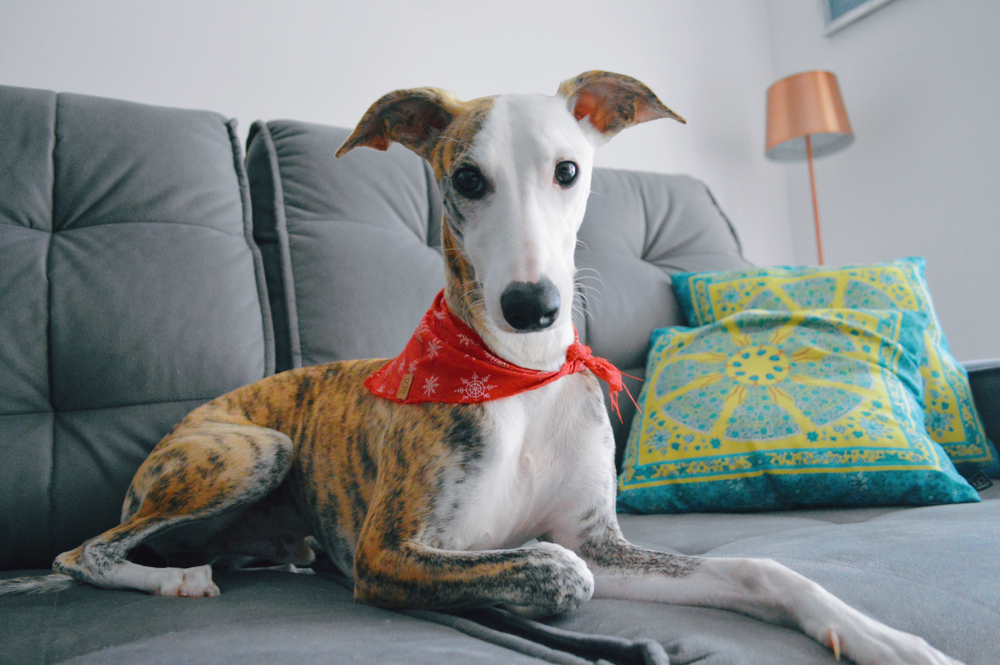
Have you ever been working on something and felt the weight of your dog’s gaze burning into you? That intense sit-and-stare is more than them simply wanting a snack. It’s a sign that they’re trying to understand what you’re doing or saying. Dogs often sit and stare when they’re trying to make sense of your actions, waiting patiently for a clue about what comes next. This behavior is their way of saying, “I’m paying attention, and I’m ready for whatever you’ve got in store.”
The sit-and-stare isn’t just about waiting for you to drop food; it’s about engagement and anticipation. Your dog is fully present, processing the situation and gauging its next move based on your actions. This behavior highlights their desire to be involved and their understanding of your routines. So when your pup gives you that unwavering gaze, know that they’re not just waiting—they’re learning, understanding, and preparing to be a part of your world.
10. The Fetch Enthusiast: Knowing When You Need a Break
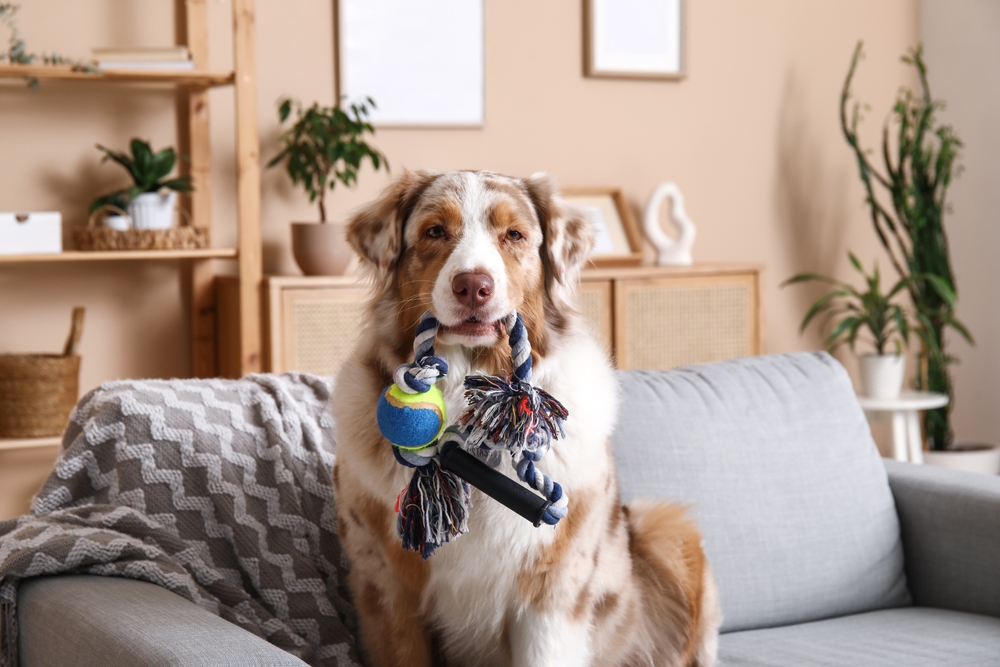
Playing fetch might seem like a simple game, but for dogs, it’s much more. They often initiate play when they sense you need a break or a mood lift. Dogs have an uncanny ability to recognize when you’re stressed or tired and offer a well-timed distraction. By bringing you a toy or initiating a game of fetch, they’re saying, “Let’s take a moment to enjoy life.” This behavior shows not just playfulness but an understanding of your mental state.
When your dog insists on playing fetch, they’re not just burning off energy—they’re offering you a chance to decompress. They know the power of play in brightening your mood or providing a necessary break from life’s stresses. By encouraging you to join in, they’re not just seeking attention but offering it. It’s their way of helping you find balance and joy, proving that they truly understand what you need, even if you haven’t said a word.
11. The Protective Guardian: Sensing Danger
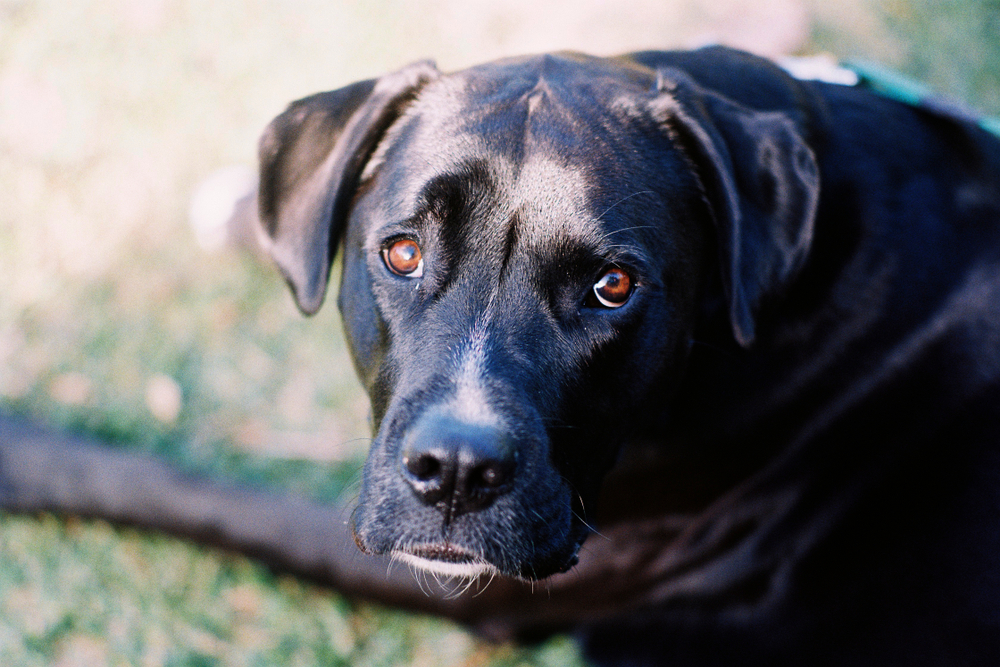
Have you ever noticed your dog’s behavior change when they sense something is off? Whether it’s a growl at a stranger or a change in posture when something feels amiss, dogs have an incredible ability to sense danger. This protective instinct is part of their understanding of your safety and well-being. Dogs don’t just react to obvious threats; they pick up on subtler cues like changes in your behavior or the environment.
Your dog’s protective nature is a testament to their understanding of their role in your life. They’re not just pets; they’re guardians, always on the lookout for anything that might harm you. This behavior demonstrates their deep understanding of your world and their commitment to keeping you safe. So the next time your dog seems a bit more watchful than usual, remember they’re just doing their job, understanding and protecting you every step of the way.
12. The Food Detector: Understanding Your Eating Habits
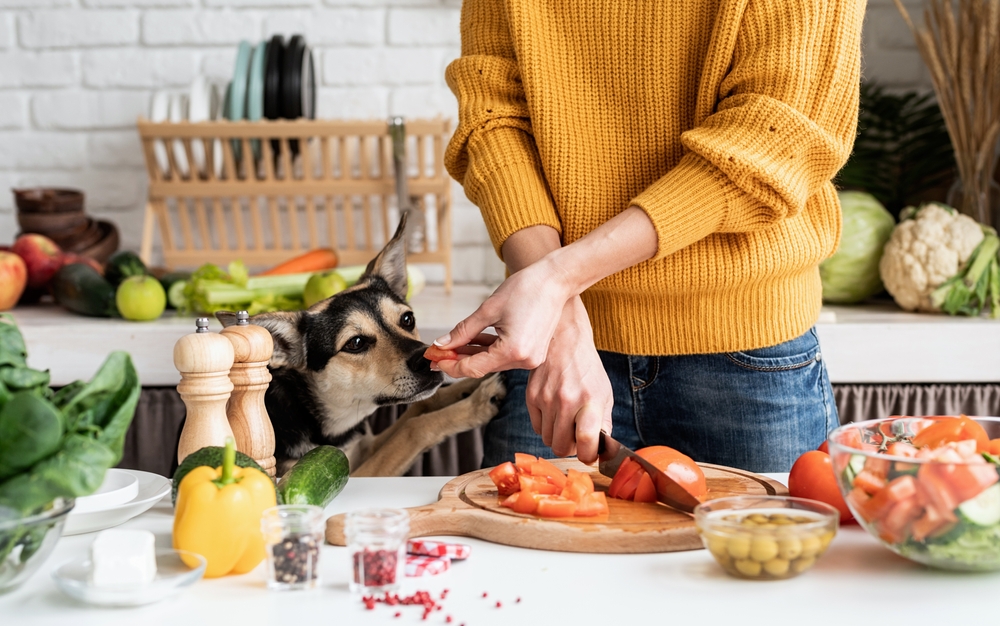
If your dog seems to know exactly when you’re about to eat or what’s on the menu, it’s not just luck. Dogs are incredibly attuned to human eating habits, often anticipating mealtimes or recognizing food-related activities. Whether it’s the sound of a bag rustling or the sight of a dinner plate, your dog understands these signals as indicators of food. This behavior showcases their ability to learn and understand your daily routines, especially when food is involved.
Your dog’s food-detecting skills aren’t just about filling their belly; they’re about understanding your habits. By recognizing these cues, they’re able to anticipate your actions and maybe even join in on the feast. This behavior highlights their observational skills and their desire to be involved in your life. So when your dog seems to know exactly when dinner is served, know that it’s their understanding of your routine that brings them to your side.
13. The Separation Specialist: Understanding When You Leave and Return
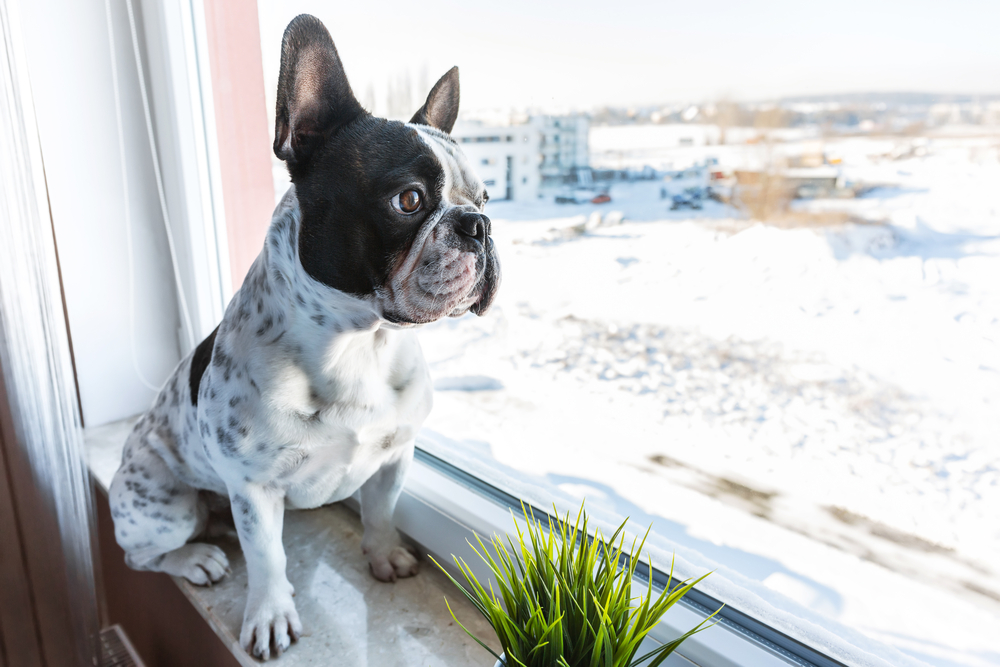
If your dog appears to know your schedule better than you do, you’re not imagining it. Dogs are experts at picking up on departure and arrival cues, responding with enthusiasm or anxiety. Your dog understands the subtle signs of you leaving, like grabbing your keys or putting on your shoes, and they know when you’re about to return based on daily patterns. This awareness shows their deep understanding of your routine and their emotional investment in your presence.
When your dog greets you at the door with unbridled joy or shows signs of separation anxiety, it’s because they understand your importance in their lives. Their behavior reflects their understanding of your absence and the anticipation of your return. This awareness demonstrates their strong emotional connection to you, proving they understand more about your schedule than you might think. So when you see that wagging tail as you walk through the door, know your dog has been eagerly anticipating your return.
14. The Bedtime Buddy: Knowing When You’re Ready to Rest

Ever notice how your dog seems to know exactly when you’re ready for bed? Dogs have an uncanny ability to pick up on bedtime cues and join you in the nightly routine. Whether it’s turning off the lights or slipping into your pajamas, they recognize these signals and prepare to settle in for the night. This behavior demonstrates their understanding of your daily rhythm and their desire to be a part of it.
Your dog’s readiness for bedtime isn’t just about comfort; it’s about understanding the closure of the day. They join you in your nightly routine, reinforcing the bond and providing companionship as you wind down. This behavior shows their adaptability and understanding of your lifestyle, proving that they’re more in tune with your habits than you might realize. So the next time your dog curls up beside you at bedtime, know that they’re right there with you, understanding and sharing in the day’s end.
15. The Dream Interpreter: Knowing When You’re Troubled
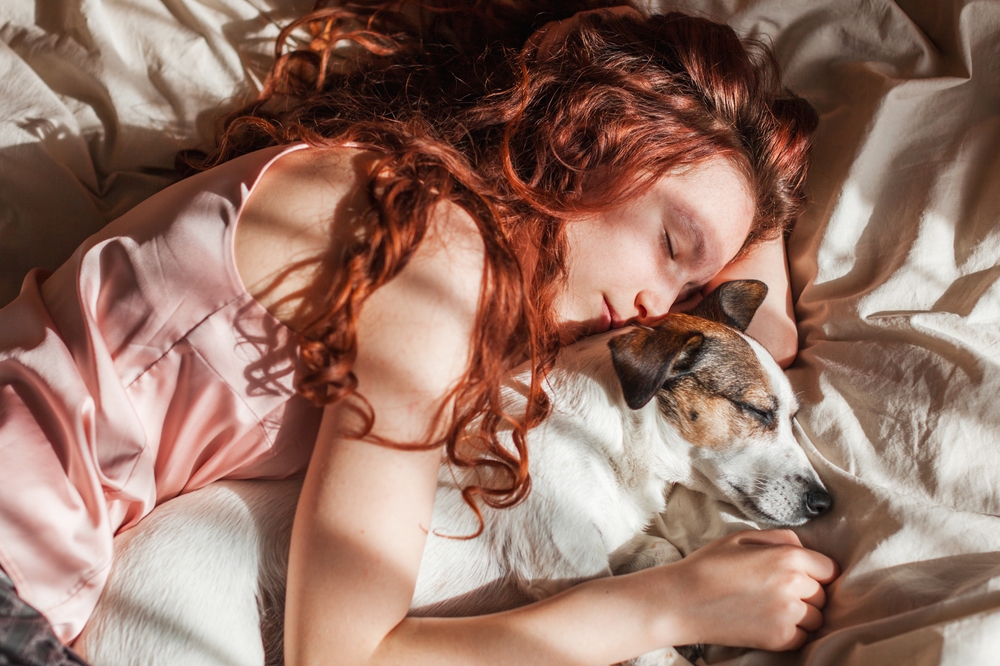
If you’ve ever been comforted by your dog after a nightmare or restless night, it’s not just a coincidence. Dogs have a sixth sense for understanding when their humans are troubled, even during sleep. They may nuzzle you awake or lay close for comfort when they sense distress. This behavior shows their remarkable ability to understand your needs, even when you’re not consciously expressing them.
When your dog responds to your nighttime distress, they’re acting on their understanding of your emotional state. They provide a comforting presence, offering reassurance and peace during troubled sleeps. This behavior highlights their empathy and deep understanding of your well-being. So next time your pup comforts you during the night, know that they’re not just being a good companion—they’re showing they truly understand you, even in your dreams.
